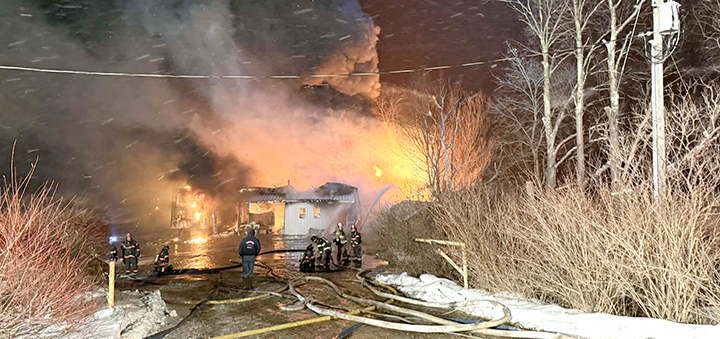Budget cuts will hit conservation projects hard
No one needs to be reminded that we’re in the midst of some tough economic times. Unemployment hovers around double-digit levels, families struggle to pay their bills, taxes keep rising while services erode. Overspending by our state and federal government has finally hit the proverbial wall and now they must do what they’ve been preaching to us during this major recession …tighten their belt. Noble intentions maybe, but what gets cut and what stays the same? Unfortunately I suspect many of our natural resource and conservation management programs will again see the budget ax fall on them
Here in New York it will no doubt be the squeakiest wheels that avoid seeing the budget knife strike, nationally also. Some of the least squeaky are the various conservation programs under the Department of Environmental Conservation huge bureaucratic umbrella. Some of these involve management of our fish, wildlife, forests and habitat. Faced with a steadily expanding responsibility to monitor natural gas drilling and mining, the DEC must balance this budget and personnel draining operation with all the other programs and projects that fall under its many mandates. And given the scope of the natural gas land rush, where do you think its priorities will lie?








Comments